Archives
- 2025-10
- 2025-03
- 2025-02
- 2025-01
- 2024-12
- 2024-11
- 2024-10
- 2024-09
- 2024-08
- 2024-07
- 2024-06
- 2024-05
- 2024-04
- 2024-03
- 2024-02
- 2024-01
- 2023-12
- 2023-11
- 2023-10
- 2023-09
- 2023-08
- 2023-07
- 2023-06
- 2023-05
- 2023-04
- 2023-03
- 2023-02
- 2023-01
- 2022-12
- 2022-11
- 2022-10
- 2022-09
- 2022-08
- 2022-07
- 2022-06
- 2022-05
- 2022-04
- 2022-03
- 2022-02
- 2022-01
- 2021-12
- 2021-11
- 2021-10
- 2021-09
- 2021-08
- 2021-07
- 2021-06
- 2021-05
- 2021-04
- 2021-03
- 2021-02
- 2021-01
- 2020-12
- 2020-11
- 2020-10
- 2020-09
- 2020-08
- 2020-07
- 2020-06
- 2020-05
- 2020-04
- 2020-03
- 2020-02
- 2020-01
- 2019-12
- 2019-11
- 2019-10
- 2019-09
- 2019-08
- 2019-07
- 2019-06
- 2019-05
- 2019-04
- 2018-07
-
br Results br Discussion The twin cysteine motif
2021-11-04
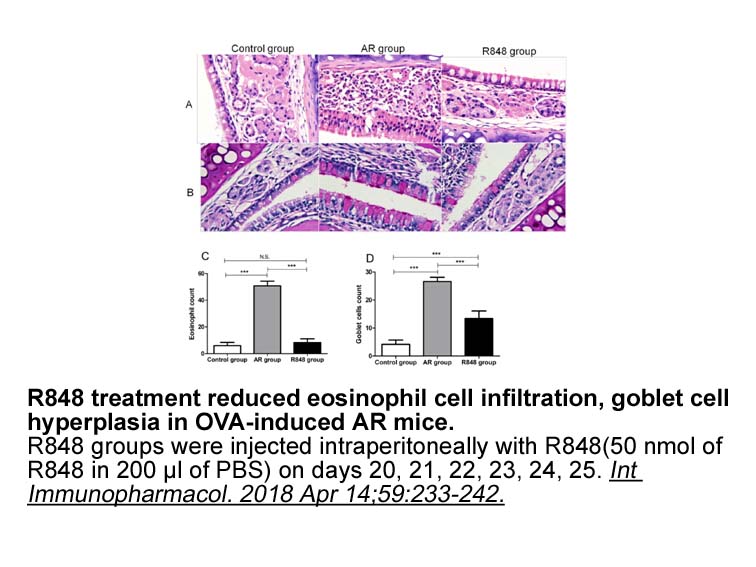
Results Discussion The twin-cysteine motif is an evolutionary conserved motif in all primate lentiviruses except HIV-1 and some strains of SIVcpz according to sequence analysis (Bohl et al., 2013). It is assumed that only those SIVcpz which have lost the twin-cysteines successfully evolved to
-
br Introduction The amino acid glycine
2021-11-04
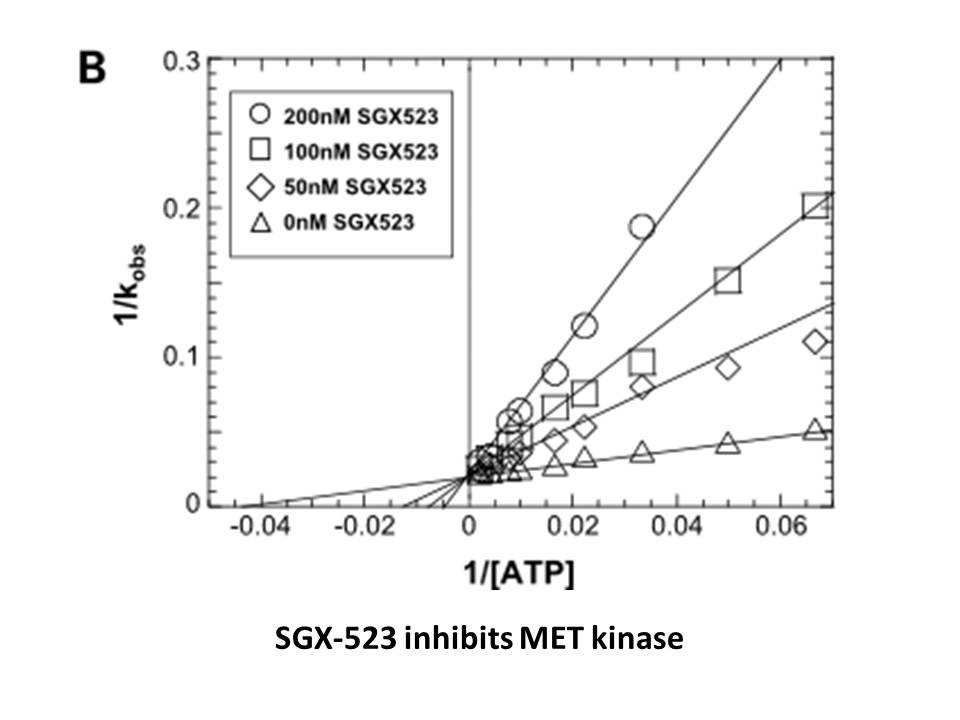
Introduction The amino MPI-0479605 glycine functions as a neurotransmitter in the vertebrate central nervous system: as an inhibitory neurotransmitter and as a co-agonist of the NMDA-subtype of excitatory glutamatergic receptors (Eulenburg et al., 2005). Under a current hypothesis that schizophre
-
Introduction Histamine was generally accepted as
2021-11-04
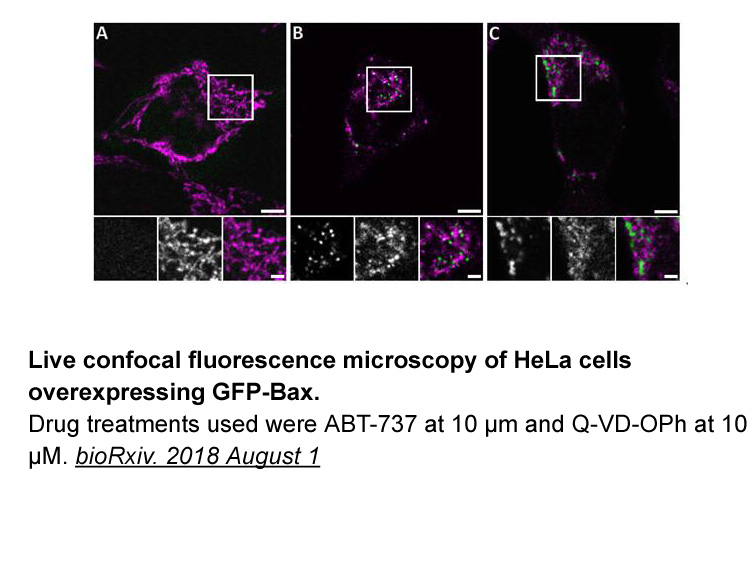
Introduction Histamine was generally accepted as a neurotransmitter in 1984, when histamine was first identified to be located in tuberomamillary nucleus (TM) of the brain (Watanabe et al., 1984). In mammals, histaminergic neurons play an important role in regulating multiple physiological activiti
-
br Acknowledgements This work was financed
2021-11-04
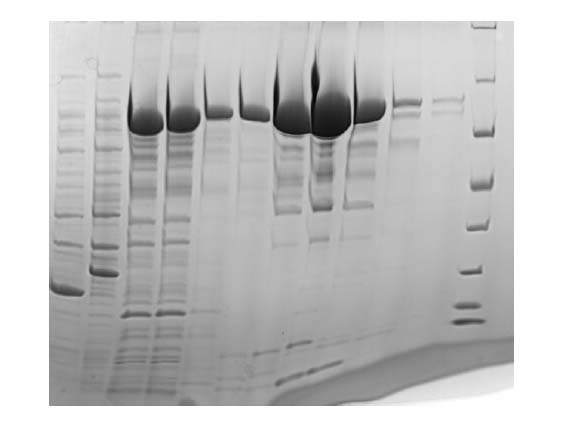
Acknowledgements This work was financed by the projects “Mejora Genética del Almendro” (MINECO-Spain, AGL2017-85042-R), “The molecular mechanisms to break flower bud dormancy in fruit trees” to RS-P within the Villum Young Investigator Program and by the VILLUM Research Center for Plant Plasticit
-
br Summary br Acknowledgement br GR A Nuclear Receptor with
2021-11-04
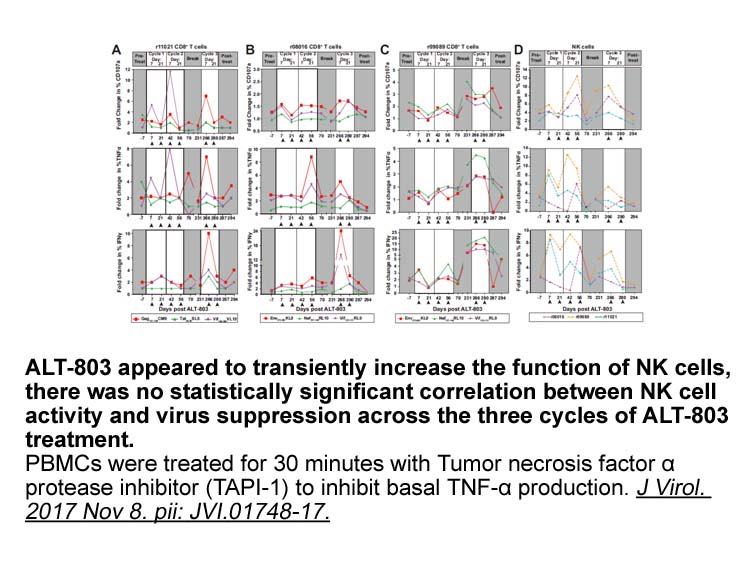
Summary Acknowledgement GR: A Nuclear Receptor with Widespread Physiological Impact GR, or NR3C1 (see Glossary), is a transcription factor (TF) that regulates gene expression in nearly every cell of the body. A member of the nuclear receptor (NR) superfamily, its ligand-binding domain confe
-
br Introduction Glucose homeostasis is primarily regulated b
2021-11-04
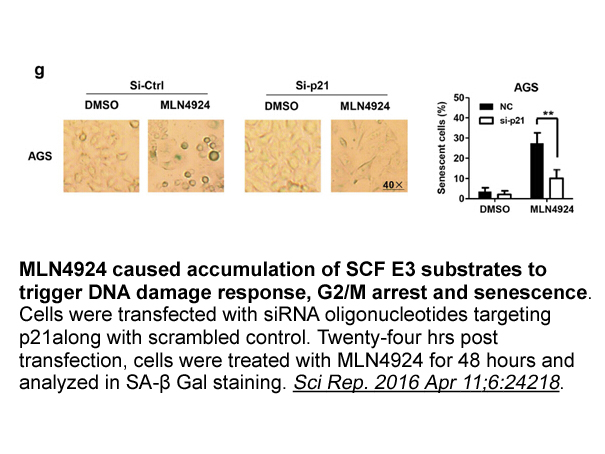
Introduction Glucose homeostasis is primarily regulated by the hormones insulin and glucagon, secreted from the pancreatic islets of Langerhans. Although insulin produced by β ddhUTP structure is the blood glucose-lowering hormone, glucagon secreted from α cells acts as the major counter-regulato
-
Here we used chemogenetic modulation of MBH
2021-11-04
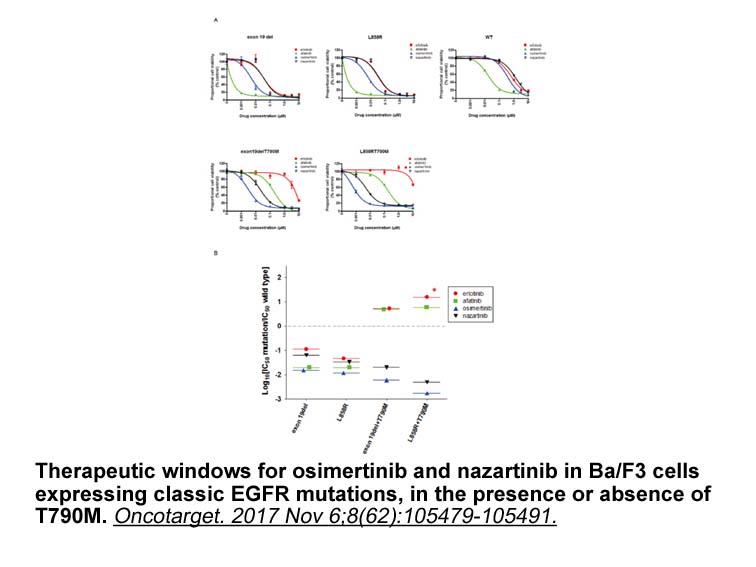
Here, we used chemogenetic modulation of MBH GHSR neurons to address the role of the endogenous ghrelin system in the normal, hyperphagic response to a short-term fast. Studies demonstrating the requirement of an intact ghrelin-GHSR system for the rebound food intake following fasting have been inco
-
Gal is a amino acid residue
2021-11-04
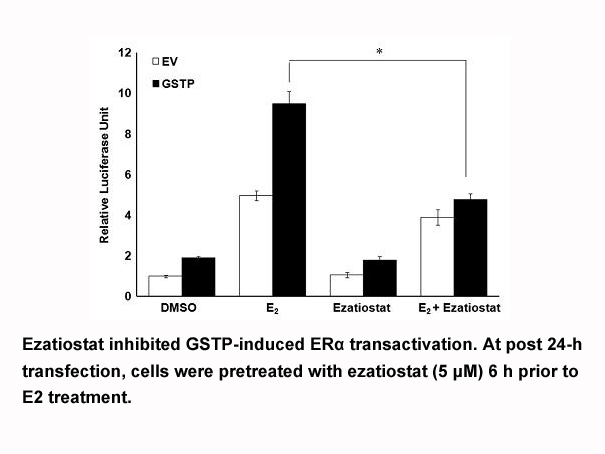
Gal is a 29-amino phosphodiesterase inhibitors residue peptide, comprising 30 amino acids in humans, isolated from the porcine intestine 30 years ago (Tatemoto et al., 1983). It has been shown to be involved in the regulation of numerous processes, including neuroendocrine control of systems such as
-
In conclusion our work demonstrates for
2021-11-04

In conclusion, our work demonstrates for the first time that (i) SA-β-gal activity is abundantly present in the gamete cells, such as oocytes and eggs, (ii) the enzyme resides in different cell compartments, (iii) SA-β-gal activity is localized predominantly in acidic endosomal yolk platelets, and (
-
Formyl peptide receptors FPRs are
2021-11-04
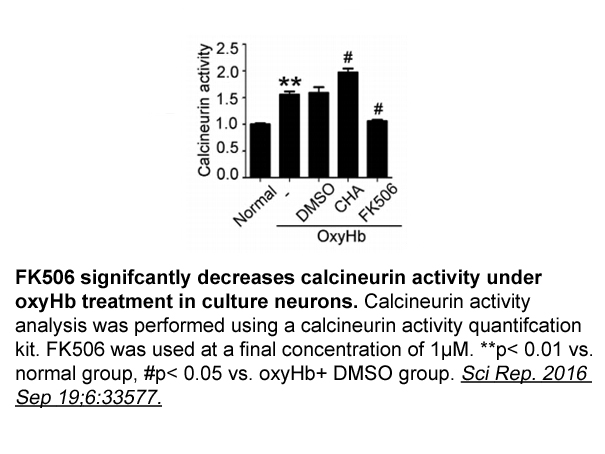
Formyl peptide receptors (FPRs) are a family of surface-expressed, G protein-coupled receptors [7]. The three members, FPR1, FPR2 and FPR3, share significant sequence homology, but have different functional properties [7]. While FPRs are mainly expressed by innate leukocytes, they are also found on
-
br Conclusions We concluded that the inhibitory
2021-11-04
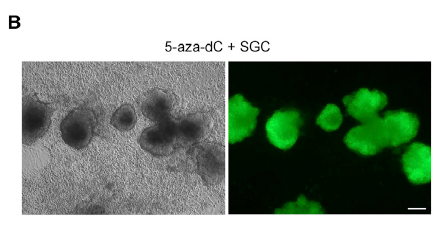
Conclusions We concluded that the inhibitory effects of propofol on fMMYALF-induced neutrophil activation are mediated by competition with FPR1, which inhibits receptor-mediated downstream signaling and inflammatory responses such as oxidative burst, elastase release, and chemotactic migration (F
-
Phosphorylation of the p Rel A dimer the most common
2021-11-04

Phosphorylation of the p50-Rel A dimer, the most common form of NF-κB, leads to ubiquitination of IκB proteins (Fig. 2). Poly-ubiquitination of IκB proteins identifies them for rapid degradation by 26S proteasomes, thereby allowing NF-κB dimers to undergo nuclear translocation and activate the tran
-
Cy5 maleimide (non-sulfonated) Several lines of evidences su
2021-11-04
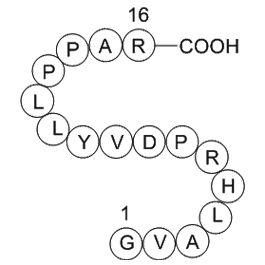
Several lines of evidences suggest that the biological features of PCs are different from other CLL/SLL Cy5 maleimide (non-sulfonated) in the lymph node: the tumor cells in the PCs have been shown to accumulate cytogenetic abnormalities [1, 4] and aberrant expression of oncogene and tumorsuppressor
-
Drosophila is a well established model to investigate the
2021-11-04
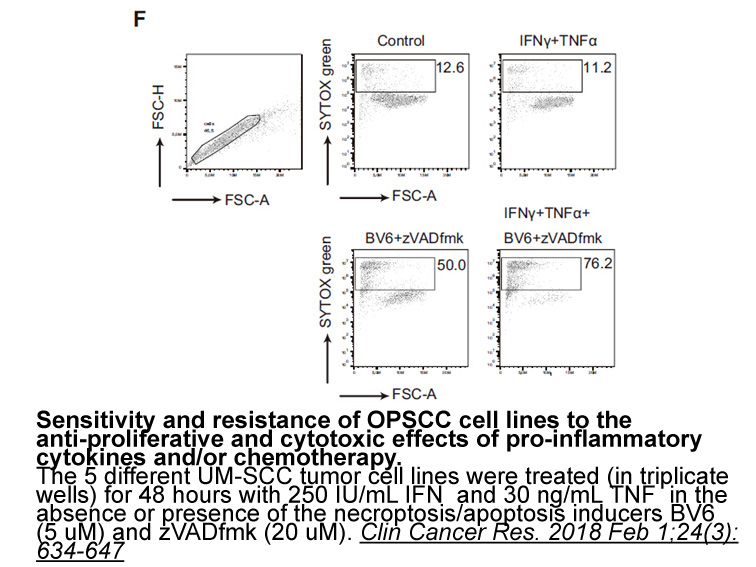
Drosophila is a well-established model to investigate the molecular and cellular defects underlying human neurodevelopmental disorders (Oortveld et al., 2013, van der Voet et al., 2014). Here, we establish Drosophila as a model for understanding the mechanisms linking mutations in KDM5 family protei
-
Riboflavin sale On the other hand after injury of the adult
2021-11-03
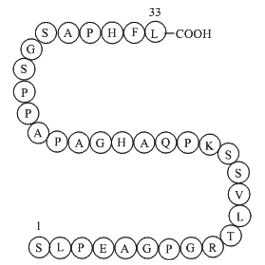
On the other hand, after injury of the adult heart, inflammatory monocytes are abundantly recruited to damaged myocardium and they differentiate into monocyte-derived macrophages (MDMs). They have strong proinflammatory phenotype and very limited capacity to promote angiogenesis and cardiomyocyte pr
15509 records 539/1034 page Previous Next First page 上5页 536537538539540 下5页 Last page